UP TO THE MINUTE
Facing tariffs head on
September 7, 2025 at 3:00 a.m.By Anna Lockhart.
Industry experts break down the latest tariff changes and what they mean for roofing at large and what contractors can expect.
As many American contractors continue through the year’s work, many have wondered what the rapid changes from Washington D.C., mean for their company not only today, but in the future. What’s the long-term impact and how to prepare? In this episode of Roofing Road Trips®, Heidi J. Ellsworth sat down with Melanie A. Butler, director of trade and transportation compliance at Sherwin-Williams, to break down the jargon and explain what these changes mean for contractors.
Working in the trade and customs space for over 15 years, Melanie has a wealth of experience and knowledge about the current political and economic landscape. “With the current administration, it is a lot to keep up with. For those who don't do this every single day, it is even more complicated. So, I hope I can give you a nice concise summary of where we stand today,” she said.
Melanie emphasized that one of the major pain points to focus on is Section 232 of the Trade Act of 1962, which guides the tariffs on steel and aluminum. Just recently, in June, a new executive order raised the tariff on these materials from 25% to a staggering 50%. What does this mean for the average contractor? Melanie explained, “Well, there are a few loopholes and exceptions... One silver lining to this is that if you are subject to the 232 tariffs, you're not also subject to the reciprocal tariffs. Another is, if your steel is originally of U.S. origin, and you move it overseas to make something else; it is then also exempt from these 232 tariffs.”
Another concern is understanding the reciprocal tariffs. Depending on when an item was imported, the tariff could be a different rate. Melanie added, “Initially they were 20% on every country except China. The China rate at one point was 125%. It then went from 20 to 34 to 84 to 125 and now we're back down to 10%. So, depending on exactly which day you imported that article, it could have been subject to any of those, which is a nightmare to keep track of.”
With these numbers ever changing, being aware of the latest updates from the government is essential. Melanie shared, “With everything that's happened this year, everyone is much more aware of tariffs and country of origin. And I think that if you know the tariff code of your product, even if you're not the importer, if you know where your supplier is sourcing this, the country of origin, you're then going to go into any negotiations or go into changing your pricing or who you are sourcing from with your eyes more open.”
Read the transcript or Listen to the podcast to learn more about the latest tariff updates and how to stay informed.
Learn more about Sherwin-Williams Coil Coatings in their Coffee Shop Directory or visit www.industrial.sherwinwilliams.com.

About Anna
Anna Lockhart is the assistant editor for the Coffee Shops and AskARoofer™. When she’s not working, she’s most likely to be found with her nose in a book or attempting to master a new cookie recipe.



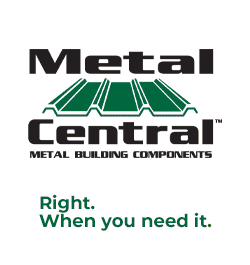

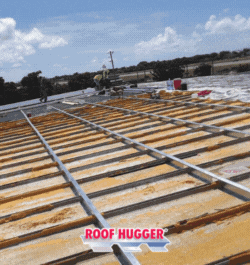

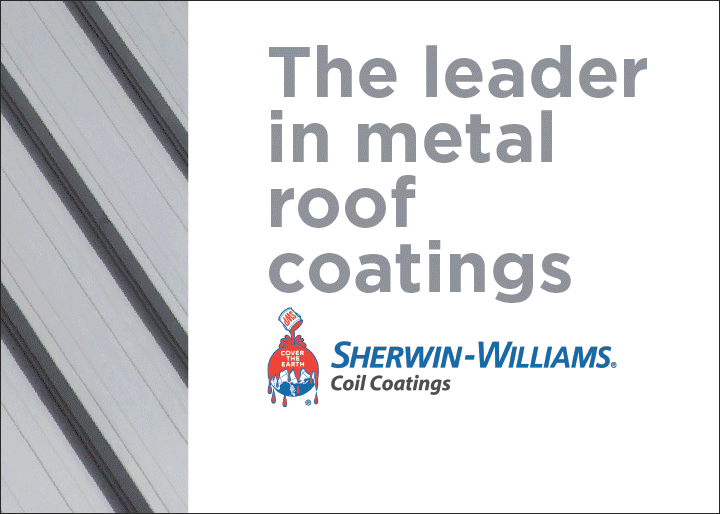


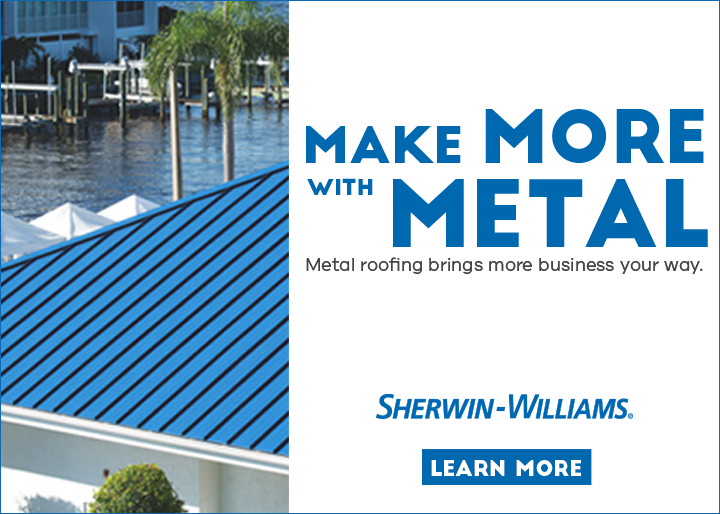
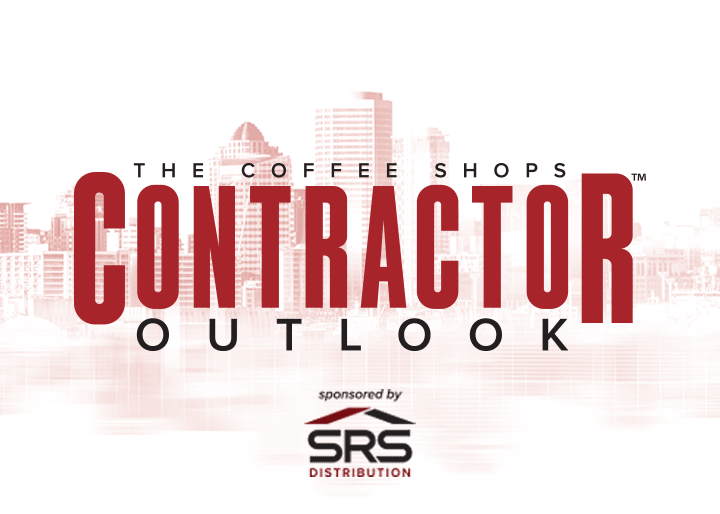
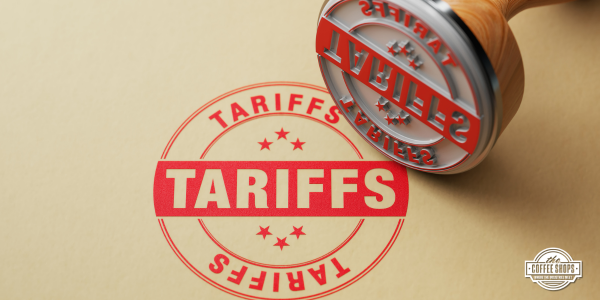
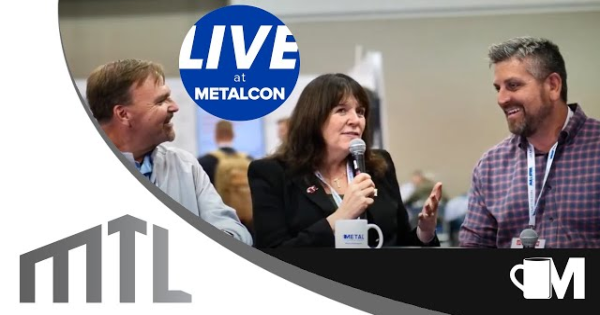
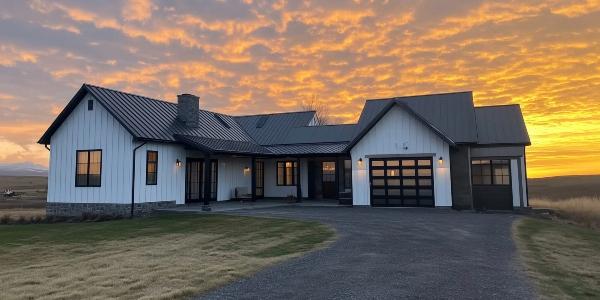


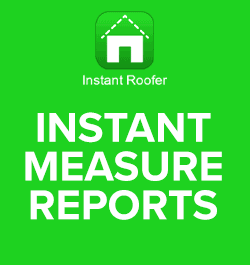
Comments
Leave a Reply
Have an account? Login to leave a comment!
Sign In